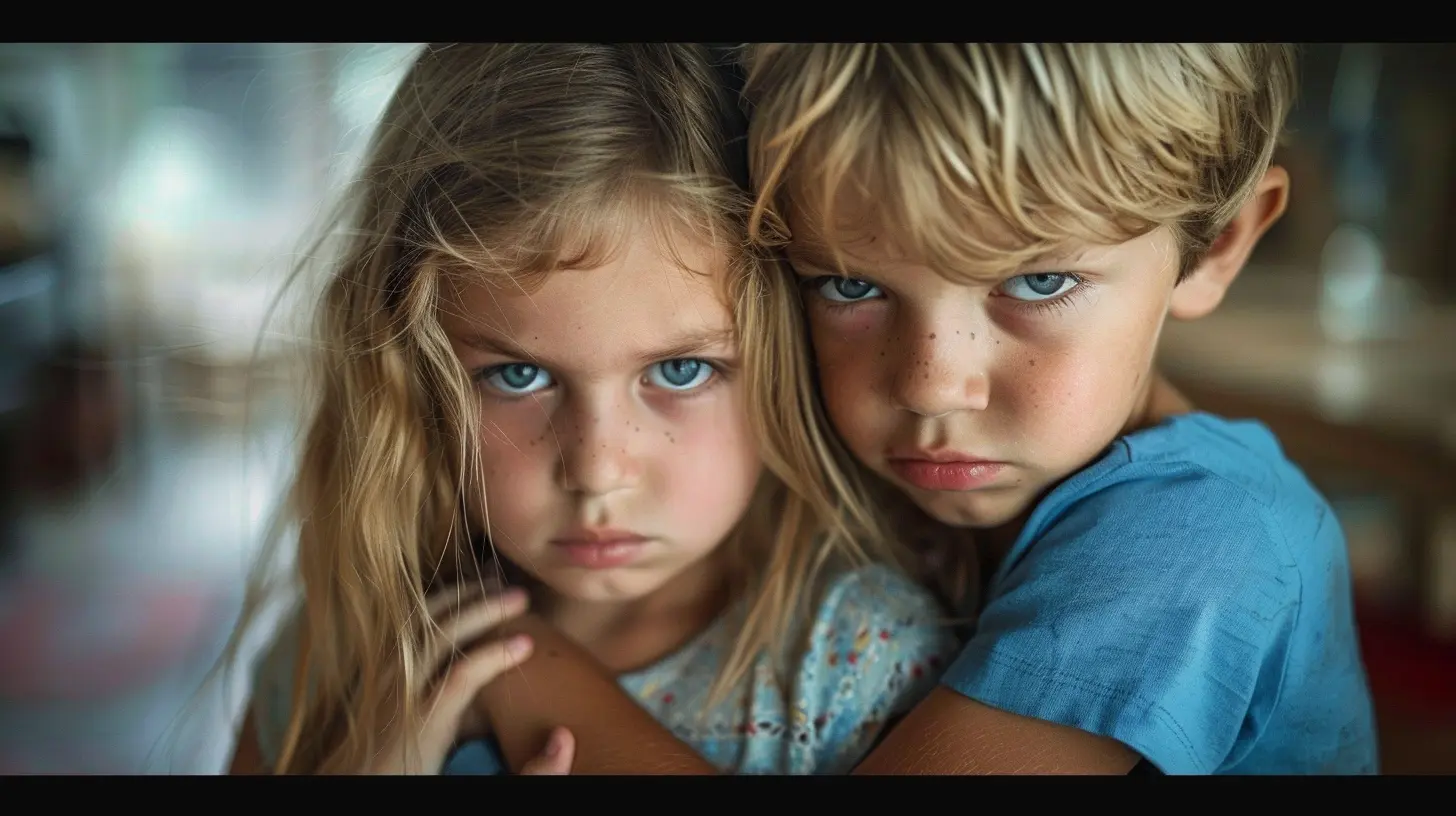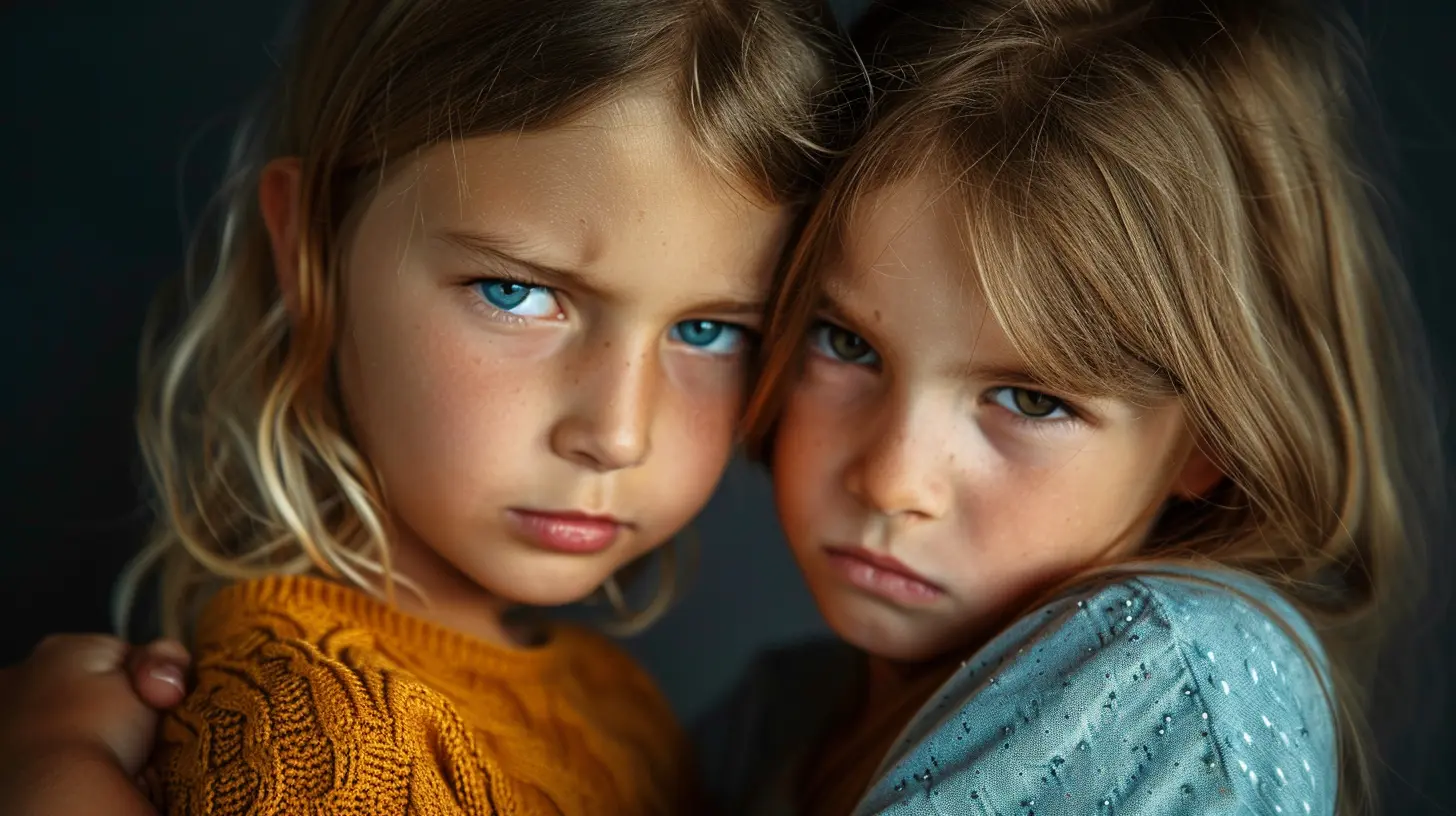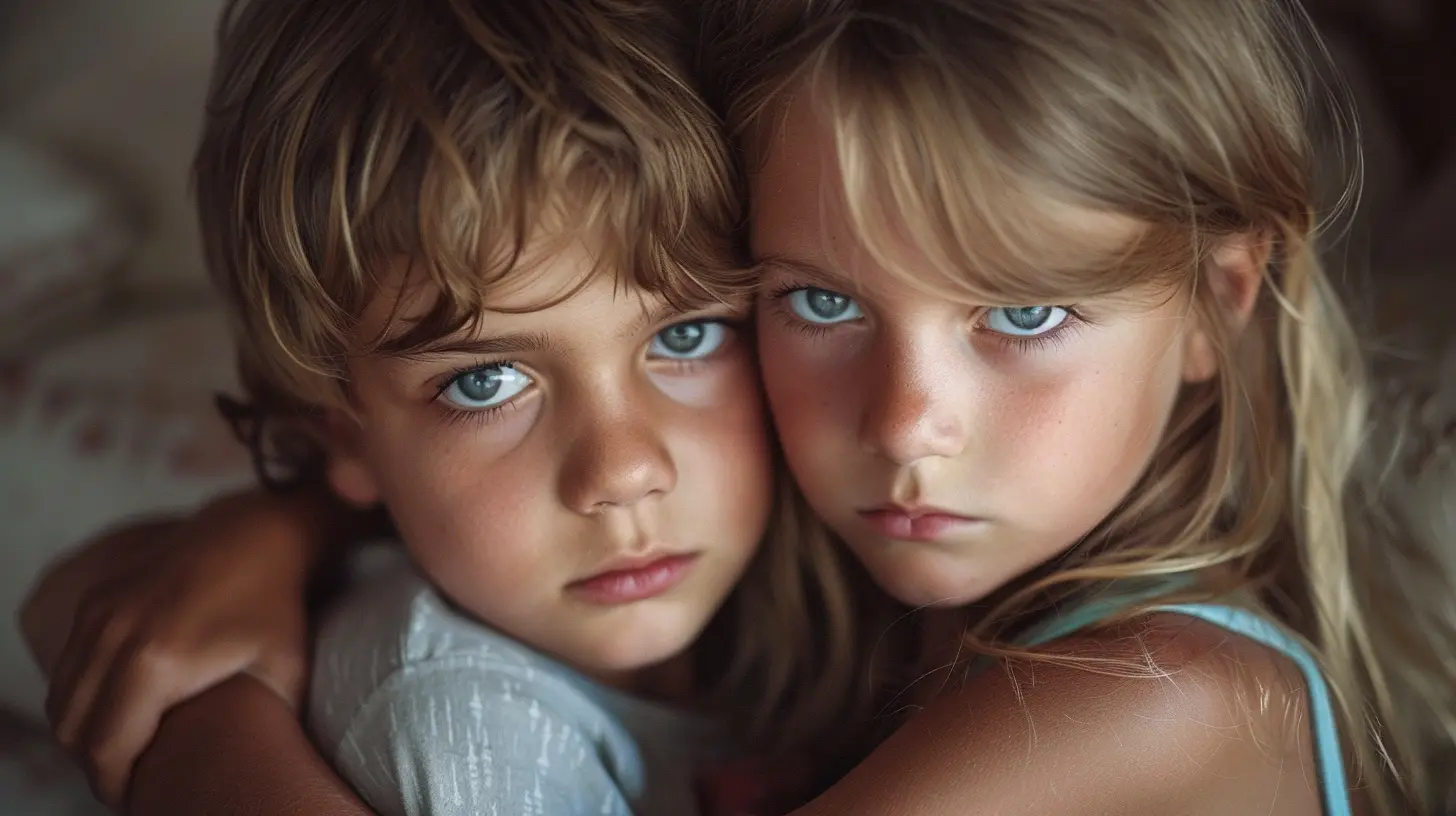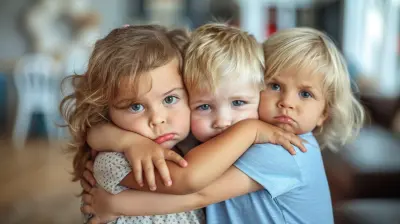When Sibling Jealousy Turns into Bullying
3 July 2025
Sibling rivalry is a normal part of growing up. A little competition, some teasing, and the occasional argument? Totally expected. But what happens when sibling jealousy crosses the line and turns into bullying? When one child consistently belittles, intimidates, or dominates the other, it’s no longer harmless rivalry—it’s a serious issue that can impact their emotional well-being.
As a parent, it’s heartbreaking to see your children at odds. You want them to have each other’s backs, not tear each other down. So, how do you know when the squabbles go too far? More importantly, how can you stop sibling bullying before it causes lasting damage?
Let’s dive into what causes sibling jealousy to escalate, the signs of bullying, and what you can do to restore peace at home.

Understanding the Root of Sibling Jealousy
Sibling jealousy isn’t unusual. It often stems from a natural desire for attention, love, and approval from parents. However, when jealousy festers, it can morph into resentment, leading to bullying behaviors.Here are some common reasons behind sibling jealousy:
- Parental Attention: If one child feels like the other gets more affection or praise, they may act out.
- Competition for Resources: Whether it’s toys, privileges, or time with parents, kids can feel like they’re in a constant battle for fairness.
- Birth Order Dynamics: Older children may feel replaced by younger siblings, and younger siblings may feel overshadowed by their older counterparts.
- Personality Clashes: Not all siblings naturally get along. If their temperaments clash, conflicts can escalate quickly.
- Unresolved Past Conflicts: If past resentments go unaddressed, they can turn into long-term hostility.
A little jealousy is normal. But when one child feels constantly inferior or threatened, it can push them toward bullying behavior.

When Does Sibling Rivalry Become Bullying?
Sibling rivalry becomes bullying when one child persistently intimidates, belittles, or dominates the other. It’s not just about the occasional argument—it’s about power, control, and causing real emotional or physical harm.Watch for these warning signs:
- Name-Calling and Insults: If one sibling constantly puts the other down with hurtful words, it’s a red flag.
- Physical Aggression: Pinching, hitting, shoving, or even subtle forms of physical intimidation.
- Manipulation and Control: If an older sibling forces their younger sibling to do things they don’t want to or uses threats to get their way, that’s bullying.
- Exclusion and Isolation: Purposefully leaving a sibling out of activities or making them feel like they don’t belong.
- Destroying Personal Belongings: Deliberately breaking or hiding a sibling’s favorite possessions.
- Emotional Manipulation: Making a sibling feel guilty, worthless, or unloved on purpose.
If these behaviors happen frequently and create a fear-based relationship, the situation has moved beyond normal rivalry.

The Impact of Sibling Bullying on Children
Sibling bullying is often brushed off with comments like, "Siblings will be siblings" or "They’ll grow out of it." But the truth is, sibling bullying can leave deep emotional scars.Children who experience bullying from a sibling may:
- Develop low self-esteem and struggle with confidence.
- Feel unsafe in their own home.
- Show signs of anxiety or depression.
- Have trouble forming healthy relationships later in life.
- Struggle with anger or resentment toward family members.
And here’s something parents might not consider: The child doing the bullying is also affected. They may struggle with impulse control, negative behaviors outside the home, or even carry bullying tendencies into friendships and school life.

What Can Parents Do to Stop Sibling Bullying?
If you suspect sibling bullying is happening in your home, don’t brush it under the rug. Here are some steps to break the cycle and help your children build a healthier relationship.1. Acknowledge the Problem
The first step is to recognize that this isn’t just "sibling stuff"—it’s bullying. Talk to both children separately and together. Let them know that hurtful behavior won’t be tolerated.2. Stop Playing the Comparison Game
Avoid comparing your children to each other, even in subtle ways. Statements like, "Why can't you be more like your brother?" can fuel jealousy and resentment. Focus on celebrating each child’s unique strengths.3. Set Clear Boundaries
Make it known that physical or emotional bullying is unacceptable. Establish consequences for harmful actions and make sure both children understand the rules.4. Teach Conflict Resolution Skills
Help your children learn how to handle disagreements in a healthy way. Teach them to express their feelings, listen to each other, and find solutions without resorting to aggression.5. Encourage Sibling Bonding
Find opportunities for your kids to connect in positive ways. Encourage teamwork by giving them shared responsibilities, playing cooperative games, or having special sibling outings.6. Be a Role Model
Kids learn from watching their parents. If they see you handling conflicts calmly and respectfully, they’re more likely to do the same.7. Check In Regularly
Sibling bullying doesn’t fix itself overnight. Keep an open dialogue with both children. Ask how they’re feeling and address any issues as they arise.8. Seek Professional Help if Needed
If sibling bullying is severe or doesn’t improve despite your efforts, don’t hesitate to seek help from a family therapist or counselor. A professional can help your children work through their emotions and develop healthier ways to interact.Building a Stronger Sibling Relationship
While sibling bullying is serious, it doesn’t mean your kids are doomed to a lifetime of hostility. With the right guidance, they can learn to respect, support, and even appreciate each other.The goal isn’t to eliminate all disagreements—conflict is a natural part of any relationship. But teaching children how to handle jealousy and rivalry in a healthy way can set the stage for a strong, lifelong sibling bond.
So next time the bickering starts, take a deep breath. Know that with patience, intervention, and love, you can help turn sibling rivalry into mutual respect.
all images in this post were generated using AI tools
Category:
Sibling JealousyAuthor:

Austin Wilcox
Discussion
rate this article
2 comments
Lara Luna
Sibling jealousy, if unchecked, can escalate into bullying, undermining family harmony. It's crucial for parents to recognize the signs early—encouraging open communication and fostering individual strengths can mitigate negative feelings. Addressing issues with empathy can transform rivalry into a supportive sibling bond, enhancing emotional resilience.
November 26, 2025 at 4:43 PM

Austin Wilcox
Thank you for your insightful comment! You're absolutely right—early recognition and communication can play a vital role in transforming sibling rivalry into a supportive relationship. Encouraging individual strengths truly fosters a healthier family dynamic.
Kaitlyn Kane
Sibling jealousy can morph into bullying if not addressed early. Open communication is key; create a safe space for children to express feelings and fears. Encourage empathy by teaching them to understand each other’s perspectives. Fostering strong sibling bonds through teamwork and shared experiences can transform rivalry into support.
July 24, 2025 at 3:12 AM

Austin Wilcox
Thank you for your insightful comment! Open communication and empathy are indeed vital in addressing sibling jealousy and fostering healthy relationships.


